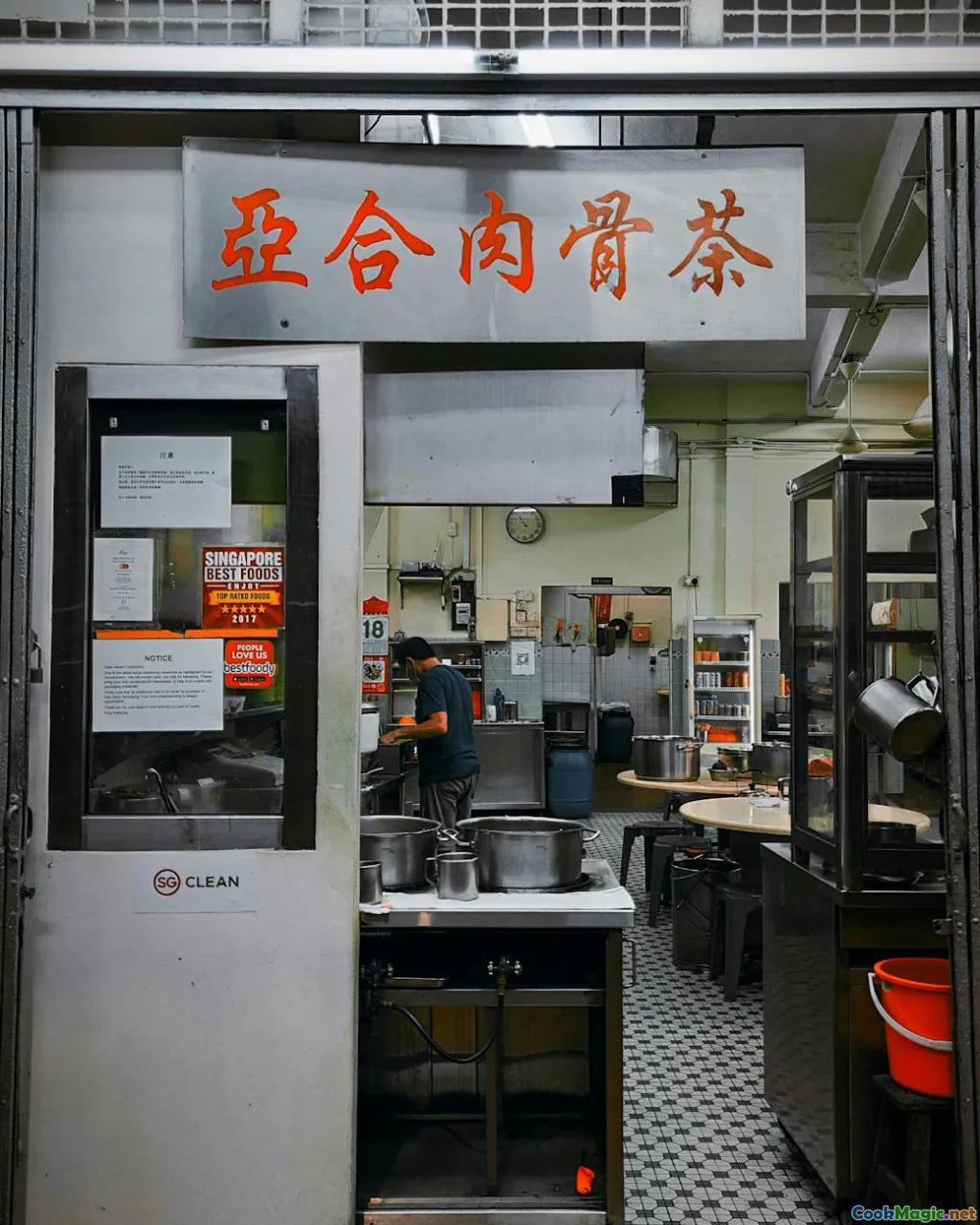Discovering Bosnian Street Food
8 min read Embark on a flavorful journey through Bosnia's vibrant street food scene, exploring its rich history, diverse flavors, and authentic culinary delights. April 24, 2025 19:55
Discovering Bosnian Street Food
Bosnia and Herzegovina, a land of rugged mountains, historic cities, and a tapestry of cultures, is also a haven for street food enthusiasts. While its scenic vistas and historic sites often steal the spotlight, the soul of Bosnian culture is vividly expressed through its street food—a delightful mosaic of flavors, aromas, and stories that have been passed down through generations.
Imagine wandering through the bustling streets of Sarajevo at dawn, where the air is thick with the scent of freshly baked bread and sizzling meats, or exploring the lively markets of Mostar, where vendors beckon with colorful displays of local delicacies. These moments reveal that Bosnian street food is not merely sustenance but a vibrant expression of community, history, and tradition.
The Cultural Tapestry Behind Bosnian Street Food
Bosnia’s strategic position at the crossroads of East and West has shaped its culinary landscape profoundly. Ottoman influences blend seamlessly with Central European and Mediterranean flavors, creating a unique culinary identity that is both diverse and deeply rooted in local customs.
Street food in Bosnia is more than just quick bites; it’s a reflection of everyday life, a social glue that unites people across generations and backgrounds. It’s common to see families, friends, and curious visitors sharing meals from small, bustling vendors—each dish carrying stories of resilience, celebration, and heritage.
A Sensory Journey: Flavors, Textures, and Aromas
Walking through the streets, the first thing that captivates you is the symphony of smells. Aromatic spices, grilled meats, freshly baked bread, and tangy pickles mingle in the air, promising a feast for the senses.
The Iconic Bosnian Burek
Perhaps the most recognizable street food in Bosnia is burek—a savory pastry made of phyllo dough, generously filled with seasoned ground beef, lamb, or cheese. The sound of the pastry crackling as it bakes on a tandoor or a simple griddle is hypnotic. When you bite into it, the flaky, buttery layers give way to a rich, juicy filling, exploding with flavors that are both comforting and addictive.
Ćevapi: Small but Mighty
Another staple is ćevapi—small, hand-formed grilled sausages made from a mixture of beef and lamb, seasoned with paprika, garlic, and cumin. Served with freshly chopped onions, a dollop of sour cream, and somun bread, ćevapi deliver a smoky, spicy punch that’s both satisfying and nostalgic. The texture is tender yet slightly crispy on the outside, a perfect balance achieved through traditional grilling techniques.
Sogan-dolma: Onion Stuffed with Flavors
For those seeking something a bit different, sogan-dolma—onions stuffed with a mixture of minced meat, rice, and herbs—offer a comforting, hearty bite. The onions become sweet and tender during roasting, contrasting beautifully with the savory filling.
Traditional Sweets and Refreshments
No street food tour is complete without sampling local sweets. Baklava, with its layers of nuts and honey, and lokum(Turkish delight) provide a sweet counterpoint to savory snacks. Refreshing beverages likeboza(a slightly fermented cereal drink) andayran (salty yogurt drink) keep you refreshed amidst the hustle.
The Places That Define Bosnian Street Food
While street food can be enjoyed anywhere, certain cities and neighborhoods are renowned for their vibrant markets and food stalls.
Sarajevo’s Baščaršija
The historic bazaar of Baščaršija is a sensory paradise. Here, street vendors sell everything from freshly baked somun to grilled ćevapi. The narrow cobblestone streets are lined with small cafes where locals gather, sharing stories over plates of hearty food.
Mostar’s Old Bridge Markets
Beyond the stunning Ottoman-era bridge, Mostar’s markets offer a variety of street eats, including fragrant grilled meats and sweet pastries. The lively atmosphere captures the essence of Bosnian hospitality.
Tuzla’s Food Streets
Tuzla’s bustling streets are dotted with vendors serving traditional dishes like pita(savory pies) andburek, highlighting the city’s rich culinary diversity.
Personal Reflections and Cultural Significance
Having traveled through Bosnia’s lively streets, I’ve come to appreciate that its street food is a culinary dialogue—between history and modernity, tradition and innovation. Sitting on a plastic chair beside a vendor, savoring warm burek with a glass of ayran, I felt connected to centuries of Bosnian life.
Each bite tells a story—of Ottoman influence, of agrarian roots, and of communal celebrations. These foods are not just sustenance; they are expressions of identity, resilience, and pride.
Preserving and Celebrating Bosnian Street Food
Today, as global culinary trends bring new influences, Bosnian street food continues to evolve while respecting its roots. Young chefs and vendors are experimenting with modern twists—infusing traditional recipes with local ingredients or presenting street classics in contemporary ways.
Efforts to preserve this culinary heritage are vital. They ensure that future generations can enjoy the authentic flavors and cultural stories embedded in every dish.
Final Thoughts: An Invitation to Explore
Bosnian street food is a vibrant tapestry woven from centuries of history, cultural exchange, and community spirit. It’s an invitation to explore not just a cuisine, but a way of life—a celebration of flavors, stories, and shared experiences.
So next time you find yourself wandering through a Balkan city, pause at a street stall. Take a bite, breathe in the aromas, and let the flavors of Bosnia tell their timeless story. Because in every skewered ćevap and flaky burek, there’s a piece of Bosnian soul waiting to be discovered.









